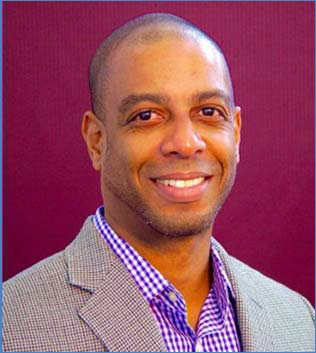Where are they now? - Sean Smith
 Sean Smith, MBBS, FRCSC
Sean Smith, MBBS, FRCSC

One of the gratifying rewards afforded to faculty of the University of Toronto Division of Neurosurgery is the opportunity to help educate worthy individuals from developing countries, who then return to their homeland to provide a high level of neurosurgical care. Dr. Sean Smith is such an individual. Sean is from Barbados, and graduated MBBS from the University of the West Indies in 1999. He interned in Barbados (1999-2000) and then became a senior house officer, first in Accident and Emergency (2000-2002) and then in general surgery (2002-2004), with the intention of choosing a specialty later. However, he was soon assigned to orthopedics because of staffing issues, a field that Sean did not enjoy. When the opportunity to join Dr. John Gill, recently returned to become the only neurosurgeon in Barbados arose, Sean took it, and was gradually persuaded to pursue a neurosurgical career.
